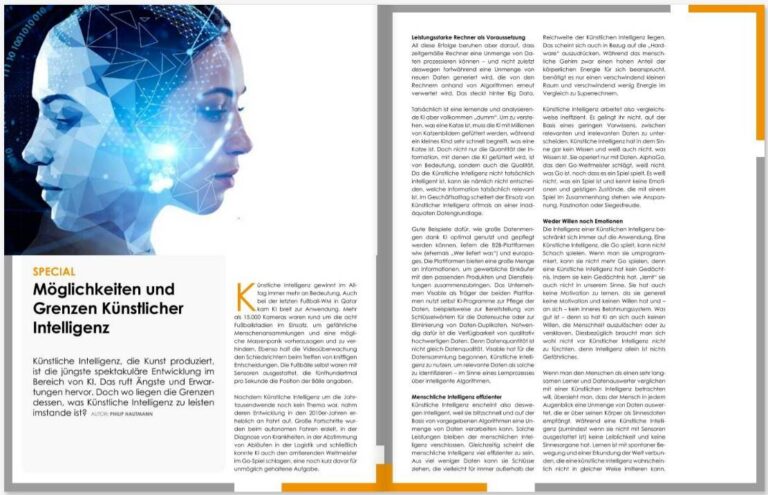Waterway infrastructure development must be a priority
Europe’s navigable waterways are an existing natural core network. They are the only land transport infrastructure which is congestion free and has capacity for more traffic. Europe’s decision makers are trying to develop the existing transport system, with all the problems of congestion, high carbon and accidents, into a system that will lead Europe into a competitive future. Inland waterways are the solution. Improving and updating the existing waterway network, which already connects major ports and freight generation regions will maximise an existing asset and enable the optimal usage of a congestion free, low carbon and safe transport solution. Not only is this a sensible solution, it is also an extremely cost-effective one. If, despite only receiving 1.5% of TEN-T investment between 1995 and 2005, inland waterway transport has grown by 14.5%, further investment clearly offers good value for public money in times of cash strapped budgets. Karin De Schepper, General Secretary, said “The modal approach clearly has not worked. Rather than offering lip-service to co-modality, we should practice it. If we want more sustainable traffic while maintaining competitiveness, it is time to allocate more money to improving the quality of Europe’s main inland waterways network and ensuring inter-connectivity with major nodes. The success of the Rhine river shows how a multi-modal and low-impact link provides maximum benefits at low costs to both industry and society. The Rhine can serve as an example for all the other main rivers of the Ten-T core network.” INE goes on to stress that the co-modal approach should be applied in all aspects of European transport network policy, including the planning, assessment, funding and coordination of the network and its projects. A competitive core network will materialise when funding priority is given to innovative projects which optimise the network, integrate ITS systems across modes and which to achieve the European 2020 objectives by delivering 20% less carbon emissions and energy usage. With Europe poised on the brink of implementing plans for future generations, placing an emphasis on inland navigation means making a cost-effective decision that will guarantee a return on investment beyond transport. Developing inland waterways will positively affect regional development, nature, tourism & leisure, water supply and management, energy and climate change and this additional benefit for creating the 2020 landscape should be rewarded in funding. Quelle: INE – Inland Navigation Europe |


